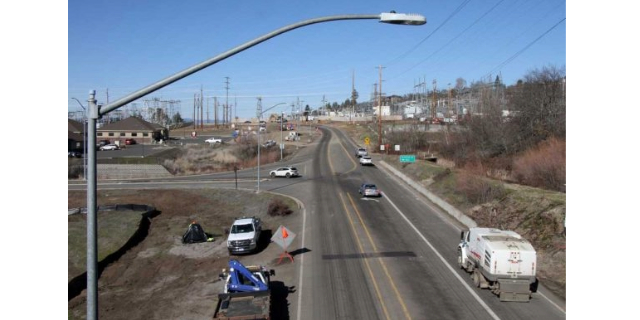LETTERS TO THE EDITOR: Tree thinning, Capital Press
Published 11:54 am Monday, December 2, 2024
Thin trees to protect old-growth forests
Trending
Much has been proclaimed about how old-growth trees are fire-resistant. In many cases that was true. However, consider this report: A joint threat assessment released in June of 2024, “Mature and Old-Growth Forests: Analysis of Threats on Lands Managed by the Forest Service and Bureau of Land Management.”
Currently, wildfire, exacerbated by climate change and fire exclusion, is the leading threat to mature and old-growth forests, followed by insects and disease. This report found that over 70% of mature and old-growth forests are at high risk of wildfire. Over the past two decades, nearly 700,000 acres of old-growth forests have been destroyed by wildfires. There are numerous examples in Southern Oregon where old-growth trees weren’t killed by crown fires, but from the heat of the burning of younger, smaller trees below them. Likewise, insects are destroying large swaths of old growth trees in the Applegate.
Drive out to witness the destruction for yourself.
Trending
Also found in the report, tree cutting (any removal of trees) is currently a relatively minor threat despite having been a major disturbance historically. From 1950 to 1990, these practices were the primary reason for loss of old-growth forests.
Now, I’m not advocating going back to cutting large old-growth trees; that manufacturing capability is clearly not here in Southern Oregon anymore. What I am advocating for, and you should be as well, is thinning trees from below in mature and old-growth forests that are not already set aside for some biological purpose.
Blair Moody, SAF Fellow Presidential Field Forester / Medford
The Capital Press gets it wrong
A recent guest editorial in the RVT by the Capital Press said the policies of Trump were more favorable to agricultural interests than Biden’s.
USDA data (2023) confirm that over the first three years of their presidencies, Biden and Trump’s payments to farmers are virtually identical: each authorized nearly $57 billion in direct federal payments to farmers over that time span. More importantly, net farm income has actually gone up since Biden took office.
On average, net farm income has totaled $165 billion between 2021 and 2023, compared to $94 billion between 2017 and 2019. Farm income reached a record high of nearly $189 billion in 2022.
Not mentioned is the biggest threat to farmers: climate change. Climate change is significantly impacting farmers and ranchers by causing more extreme weather events like droughts, floods, and heatwaves, leading to unpredictable crop yields, reduced water availability, increased pest problems, and potential economic losses due to crop damage,.
The editorial goes on to say that “unfortunately” the Supreme Court upheld California’s Proposition 12 , which is a travesty to human decency and the animals suffering extreme confinement and cruelty for profit by Big Ag. The least we can do when exploiting animals for profit is to treat them humanely.
I suggest the RVT let people subscribe to the Capital Press if they’re interested in ag issues (from a one-sided perspective). Your paper could use that space for something more worthy and less partisan.
Lin Bernhardt, Shady Grove Farm / Talent









